#color lithographs
Text
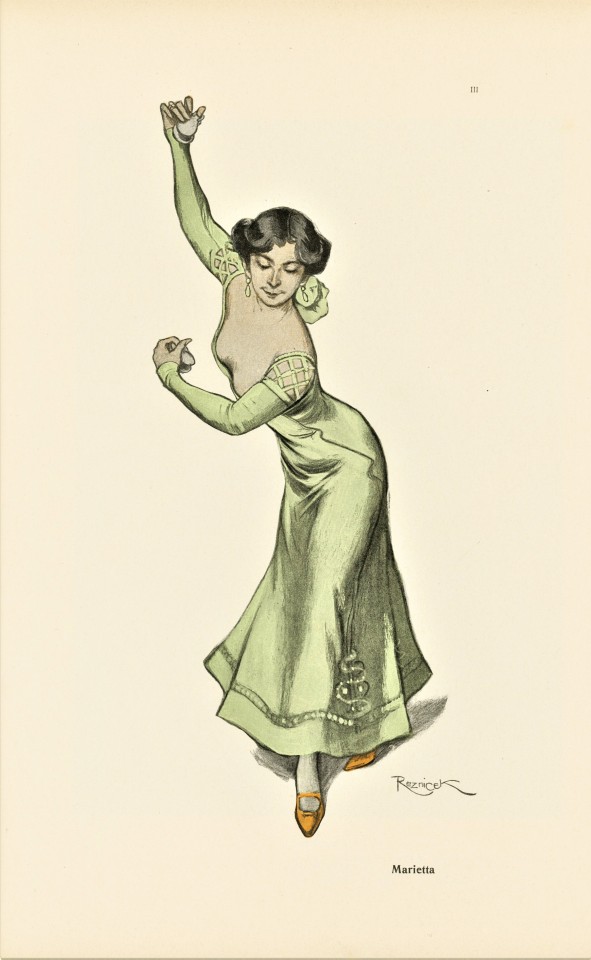
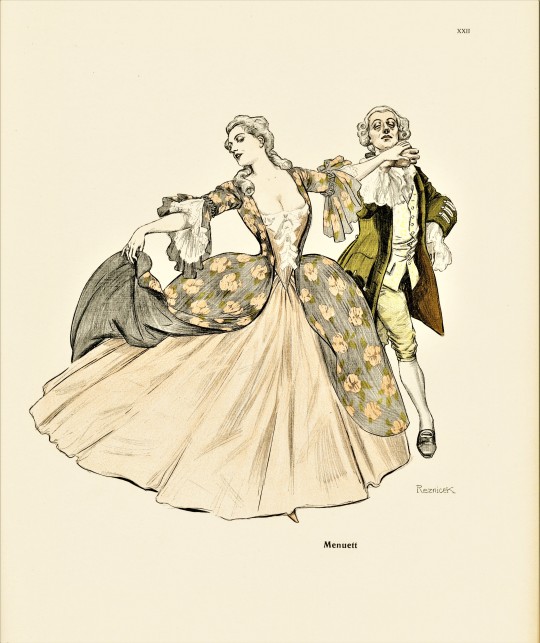
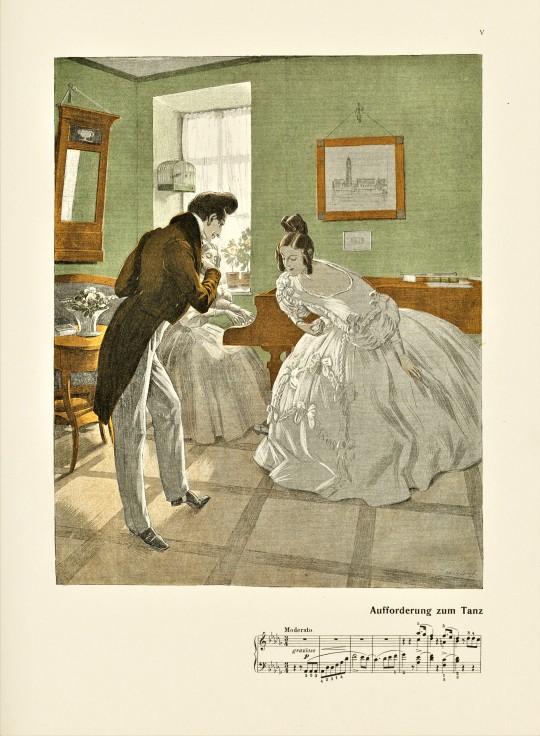




Fashion Friday
This week, we present a range of fashion from the 18th through early 20th centuries from our 1908 collection of dance illustrations, Der Tanz, by the Austrian artist Ferdinand von Řezníček (1868-1909). This folio volume was published in Munich by Albert Langen (1869-1909), and most of the illustrations appeared earlier in Langen’s popular satirical weekly Simplicissimus. We are quite taken by the action, drama, and humor in these color lithographs that are so evocative of the era. Wikipedia notes that von Řezníček became an editorial assistant for Langen when he launched Simplicissimus, and von Řezníček's "subtly erotic drawings contributed greatly to the success of that publication."
View another post from Der Tanz.
View more Fashion Friday posts.
#Fashion Friday#fashions#dance#Der Tanz#Ferdinand von Řezníček#Albert Langen#Simplicissimus#illustrations#dance illustrations#lithographs#color lithographs
211 notes
·
View notes
Video
Pl. 28: Tapisserie, par Henri Gillet [Tapestry. by Henri Gillet] by MCAD Library
Via Flickr:
Henri Gillet (French illustrator, 1880-1920) 1900 color lithograph 26.3 cm (height) x 36 cm (width) Scanned from: Album De La Décoration. Paris: Librairie des arts décoratifs See MCAD Library's catalog record for this book. intranet.mcad.edu/library
#MCAD#MCAD Library#MCAD Special Collection#A.Calavas#Album De La Décoration#Henri Gillet#color lithographs#Decoration and ornament#Birds in art#Peacocks in art#tapestries#Plants in art#Trees in art#Landscapes#Lithography#flickr#iris#iris flowers#brambles#roses#rosa#pinus
3 notes
·
View notes
Photo

A happy New Year To you, Beatrix Potter, 1890
#new years#cards#happy new year#beatrix potter#rabbits#snow#lithographs#color lithographs#victorian#1890s#19th century#britain#europe#Anthropomorphism#winter
3 notes
·
View notes
Text

Greyhound (1912) | Moriz Jung (1885-1915)
725 notes
·
View notes
Photo

Flowered Textile Design, possibly by William Kilburn (1745-1818) by English School (colour lithograph)
#art#artwork#kunst#kunstwerk#english school#william kilburn#flora#floral art#florale kunst#floral art prints#plants#pflanzen#flowers#blumen#textile design#textildesign#colors#farben#pattern#leaves#blätter#muster#botany#botanik#nature#natur#blossoming#blühen#lithograph
212 notes
·
View notes
Text

Wilton Williams, Hunstanton, LNER Poster, Norfolk, United Kingdom, 1930.
Vintage 1930s LNER Hunstanton Railway Poster.
#wilton williams#illustration#hunstanton#1930#art deco#vintage#art#1920s#20s#lithograph#illustrated guide#guide#1930 illustrations#30s lifestyle#30s fashion#30s summer#30s#seaside town#lithograph in colors#color litograph#norfolk#united kingdom#Williams Wilton#wilton lewis williams#lner#railway#railway poster#30s travel#30s railway#railway travel
146 notes
·
View notes
Text
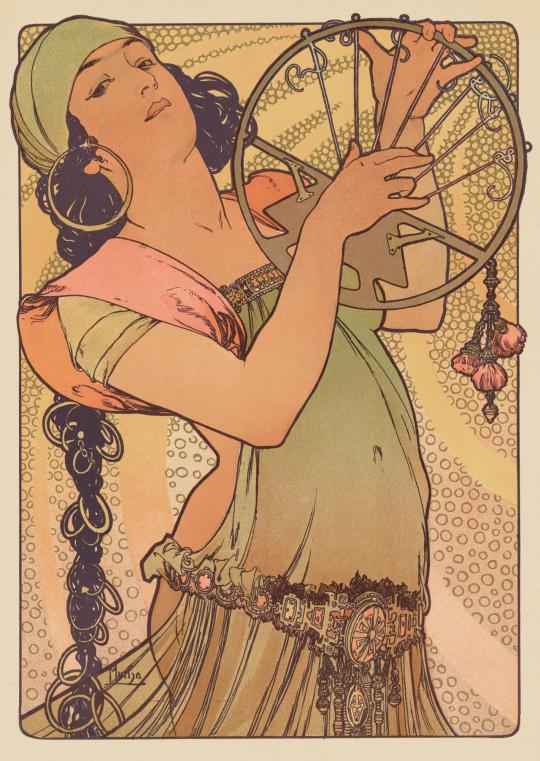
▪︎ Salome (from the L’Estampe moderne folio).
Date: 1897
Artist: Alphonse Mucha
Medium: Color Lithograph
#19th century#19th century art#art#history#decorative arts#history of art#art history#color lithograph#Salome#alphonse mucha#mucha#L’Estampe#1897
127 notes
·
View notes
Text

Salvador Dalí, "Spider of the Evening" (detail), 1940
#salvador dali#dali#art#painting#surrealism#surrealist art#spanish art#work on paper#lithograph#color lithograph#lithography#litography#20th century art#20th century#print#salvador dalí#paintings#art detail#surreal
87 notes
·
View notes
Text
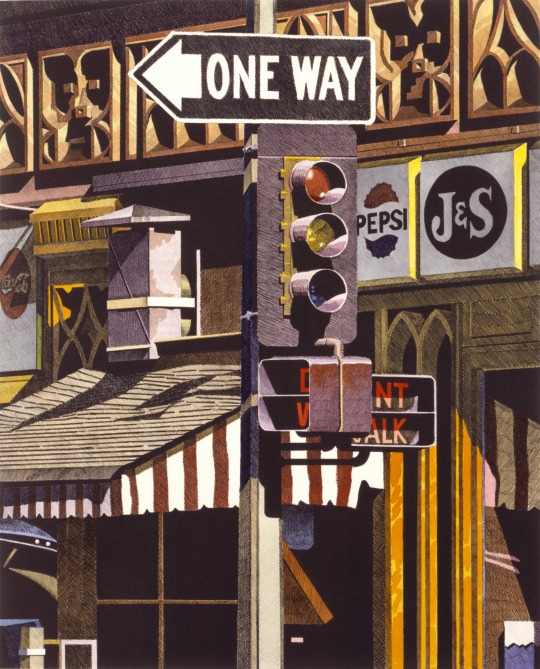
One Way, Robert Cottingham, 1984
Hand-colored lithograph on paper
25 x 20 in. (63.5 x 50.8 cm)
Smithsonian American Art Museum, Washington, DC, USA
#art#painting#robert cottingham#1980s#20th century#realism#photorealism#lithograph#hand coloring#works on paper#smithsonian american art museum#american
68 notes
·
View notes
Text
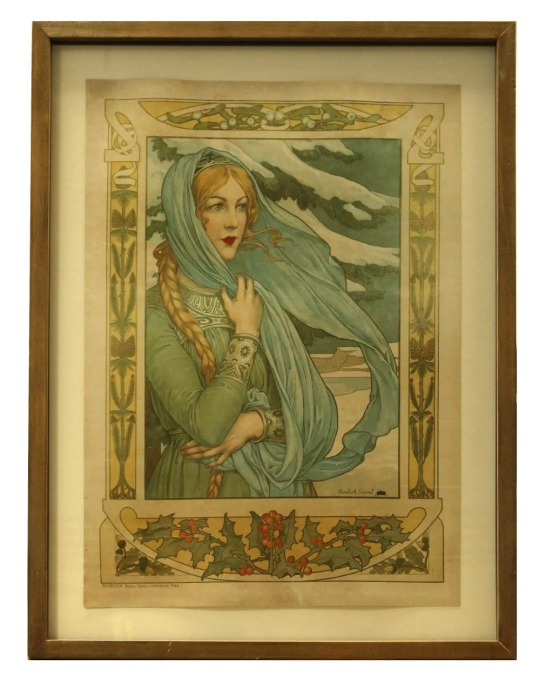
Élisabeth Sonrel • Winter • 1901 • Color lithograph • Private collection
#illustration#art#illustrator#artwork#élisabeth sonrel#woman artist#french artist#art nouveau modern#color lithograph#art & beauty#illustration blog#sassafras and moonshine blog#early 20th century european art#works on paper
31 notes
·
View notes
Photo
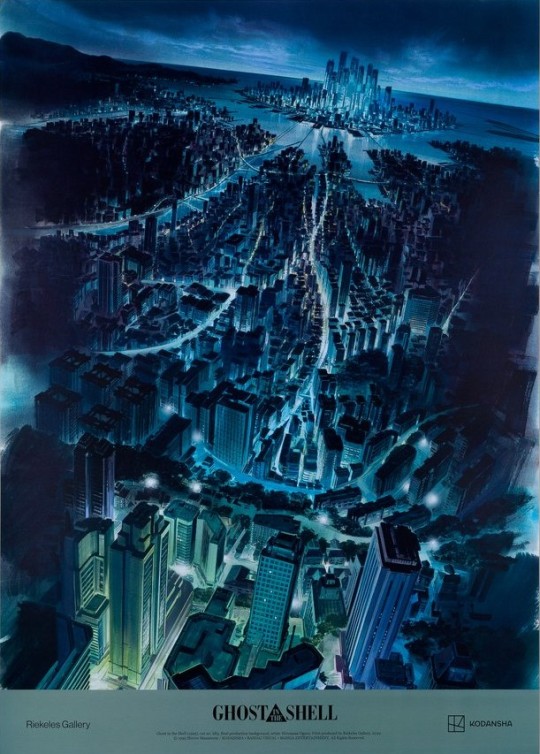
#Hiromasa Ogura#攻殻機動隊#Ghost in the Shell#production background#lithograph#print#design#anime#GITS#90s#1990s#90s anime#color#style#cyberpunk
141 notes
·
View notes
Photo


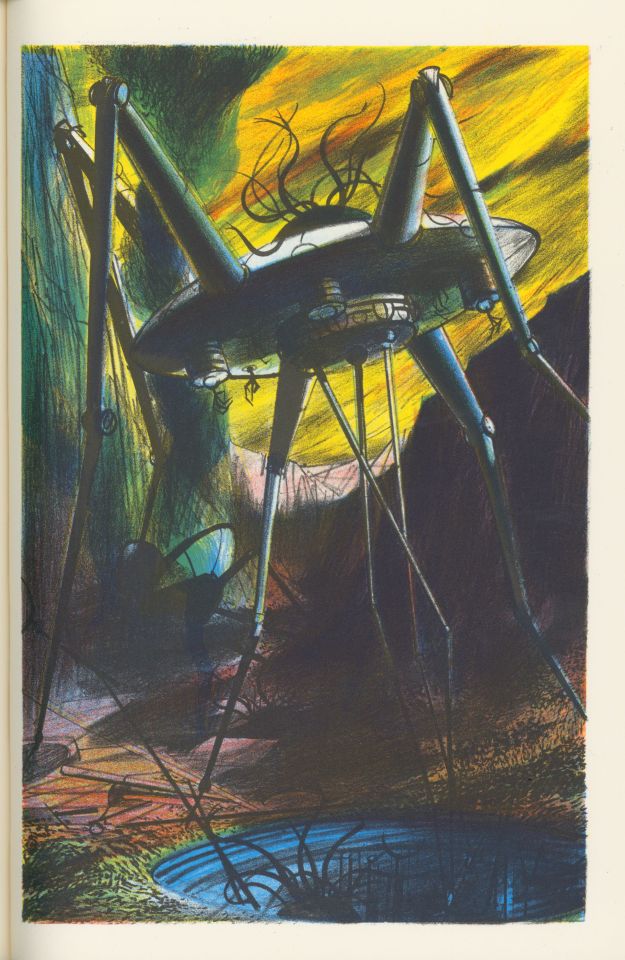
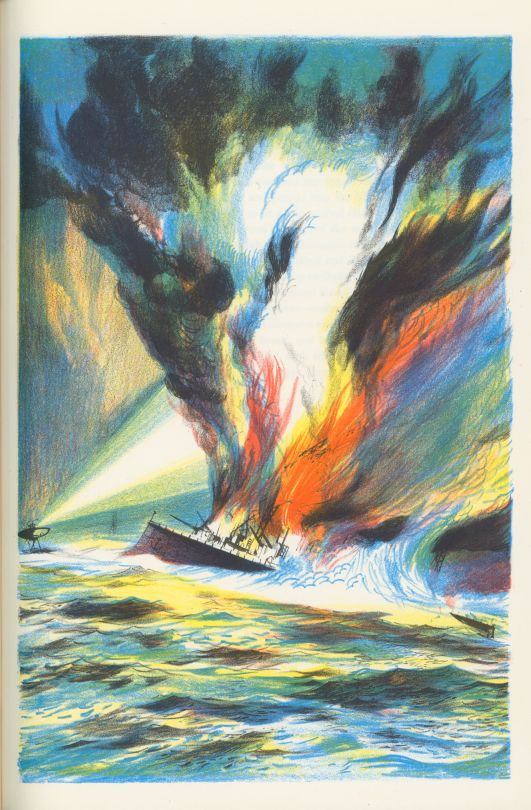
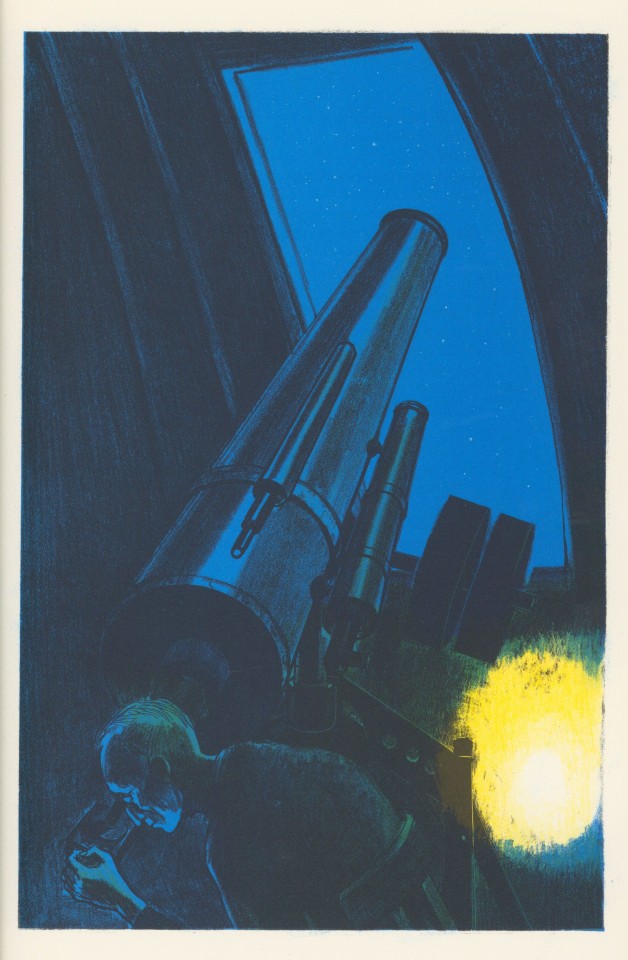


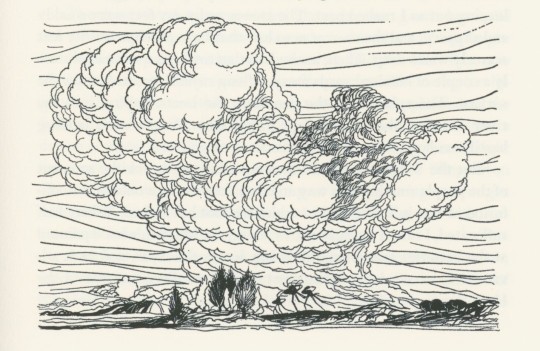
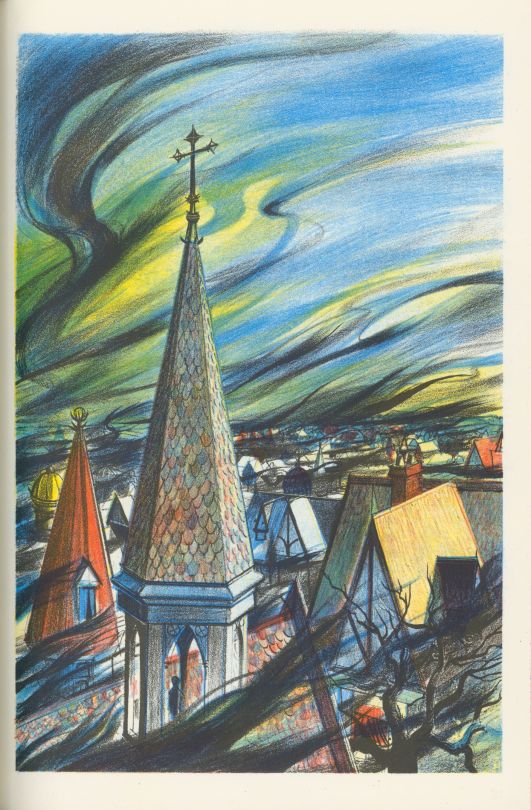
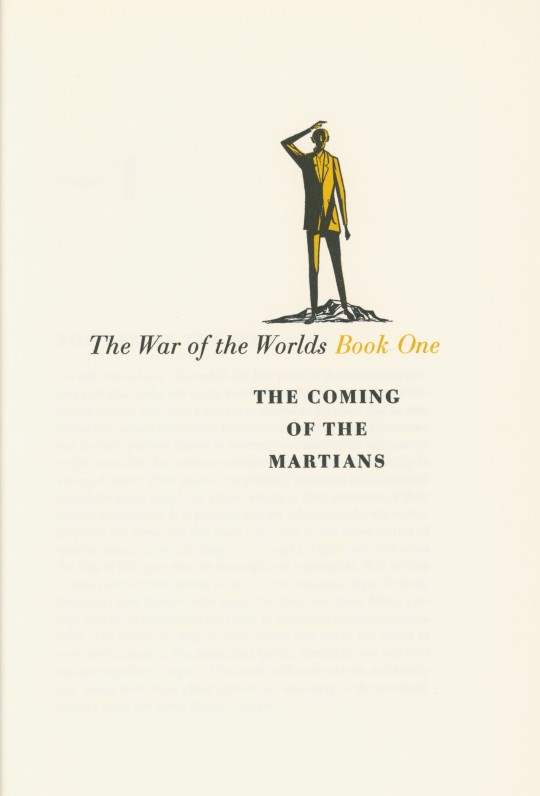
Staff Pick of the Week
First serialized in Pearson’s (UK) and Cosmopolitan (US) in 1897, H.G. Wells’s War of the Worlds wasn’t the very first alien story ever told, but it is probably the most enduring and culturally significant of those early tales. Wells wasn’t just drawing on the nascent genre of science fiction but also the (earthly) invasion literature that was first popularized by George Tomkyns Chesney’s The Battle of Dorking ( Blackwood's Magazine, 1871). Wells later wrote that War of the Worlds was inspired by the genocidal treatment of Aboriginal Tasmanians by British colonizers.
The Limited Edition’s Club edition of H.G. Well’s War of the Worlds was published in 1964. It is illustrated with ten color lithographs, drawn directly on the plates by Joeseph Mugnaini, as well as a number of smaller line drawings by the artist. We posted a few years ago about the Limited Editions Club edition of The Time Machine, also illustrated by Mugnaini. These two books were originally issued together in an ochre-yellow slipcase that matches the end papers; the linen-weave book-cloth bindings are dyed in an opposite color scheme (black with a red spine label for The Time Machine and red with a black spine label for War of the Worlds). The boxed set was designed by Peter Oldenburg and printed on white wove paper from Curtis Paper Company by Abraham Colish at his press in Mt. Vernon, NY. The lithographs were pulled by master printer George C. Miller.
I love how Mugnaini’s colorful illustrations manifest a sense of unease: the yellow and red skies backing the alien invaders, the extreme heat of blue streaked flames, the kaleidoscopic ruins of a building. Mugnaini was best known for his many collaborations with another Science Fiction heavyweight: Ray Bradbury, including cover art for the first paperback and hardback editions of Fahrenheit 451. A previous Staff Pick featured Mugnaini’s illustrations for the Limited Editions Club of Bradbury’s The Martian Chronicles.
You can find more posts on the work of H. G. Wells here.
Check out more from illustrator Joe Mugnaini here.
And here you can find more from Limited Editions Club.
For more Staff Picks here.
-Olivia, Special Collections Graduate Intern
#Staff Pick of the Week#The War of the Worlds#H. G. Wells#Joe Mugnaini#Joseph Mugnaini#Limited Editions Club#Fine Press Books#Fine Press#Invasion Literature#SF#SFF#Science Fiction#Ray Bradbury#lithographs#color lithographs#color lithography#Peter Oldenburg#Curtis Paper Company#Curtis Paper Mill#Abraham Colish#Press of A. Colish#olivia
82 notes
·
View notes
Text
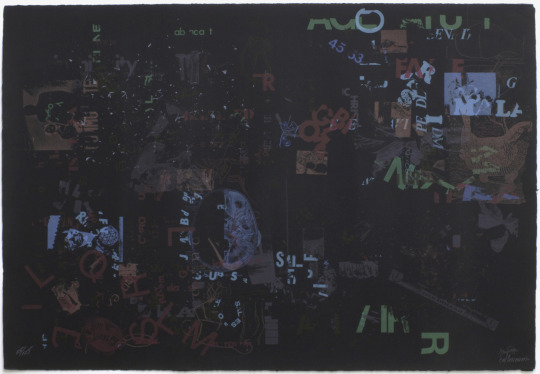
#John Cage#Not Wanting to Say Anything About Marcel#Lithograph A#(color lithograph)#1969#Trial proof aside from an edition of 125
28 notes
·
View notes
Photo
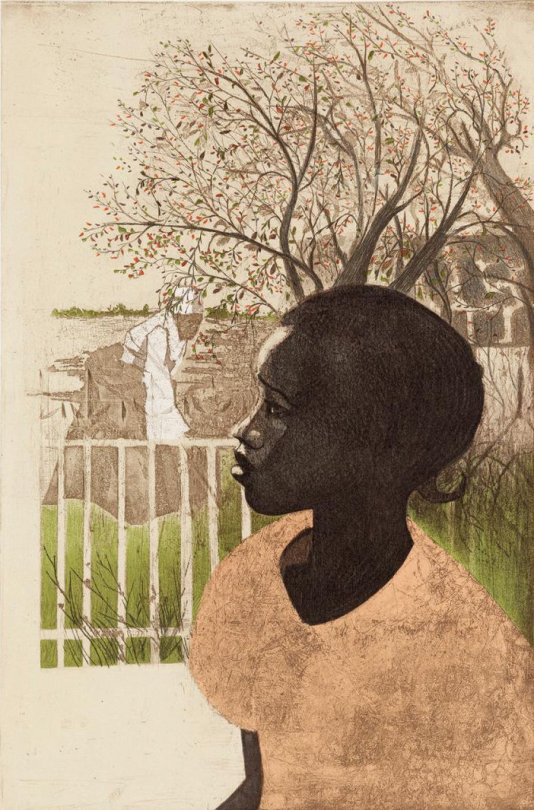
Ernest Crichlow (1914 – 2005) New Dreams
426 notes
·
View notes
Text
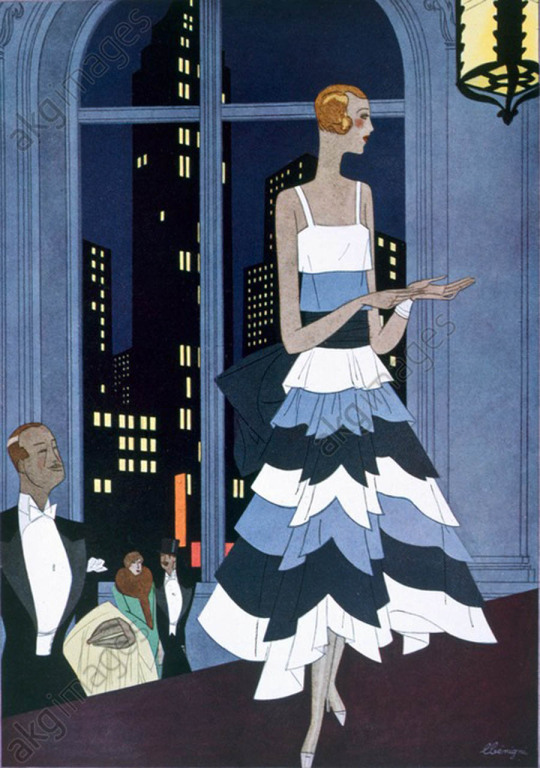
Leon Benigni, "Under the Eyes of Many New York Skyscrapers," 1928. Color lithograph. Dress is by Jeanne Lanvin. Femina was a French magazine for women.
Source: Heritage Images/AKG Images
#New York#NYC#vintage New York#1920s#Leon Benigni#illustrations#fashion#1920s fashion#Jeanne Lanvin#Femina#Femina magazine#lithograph#color lithograph
235 notes
·
View notes
Text

Daniel Sciora LES PALMIERS 1985
38 notes
·
View notes